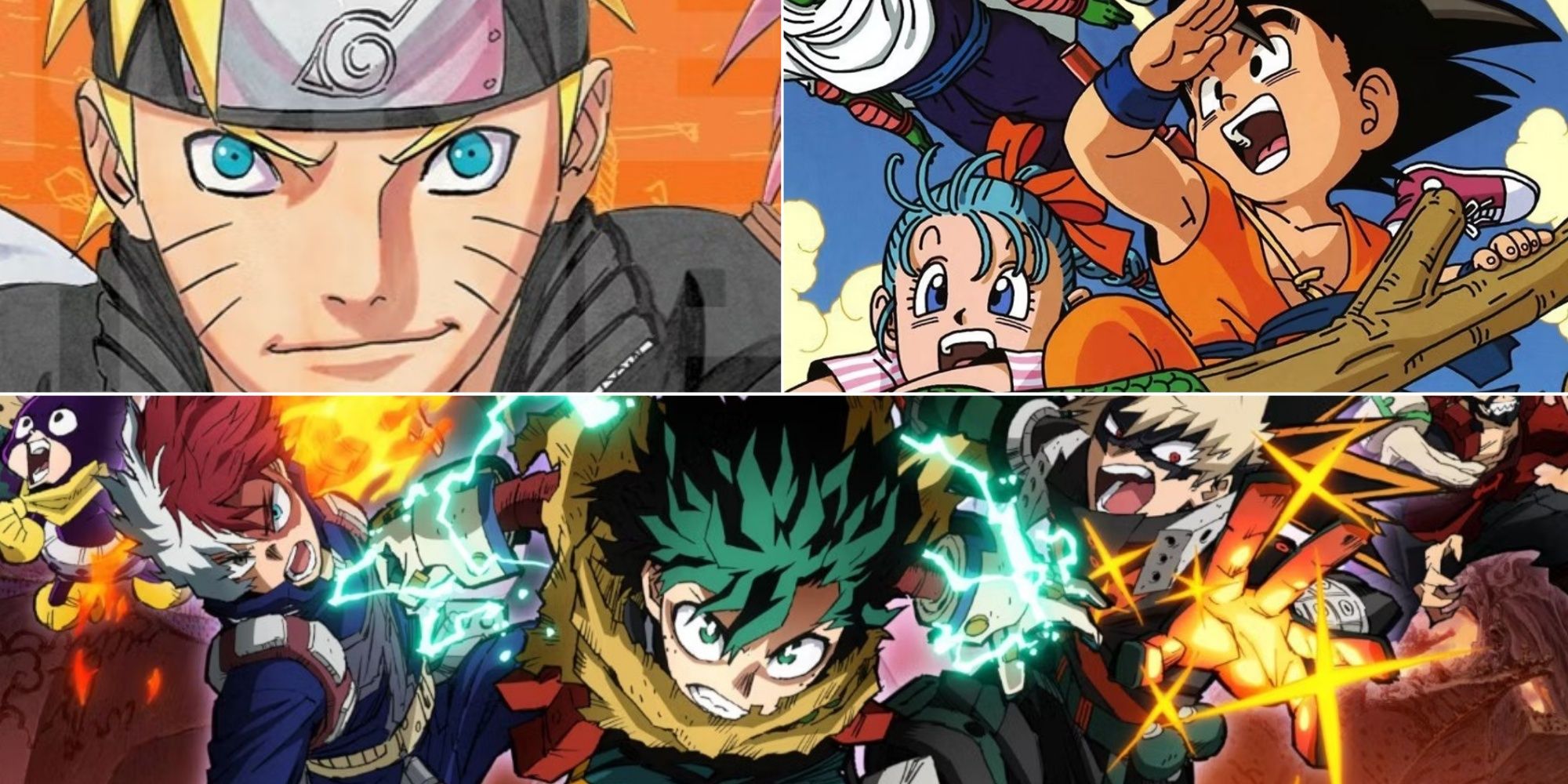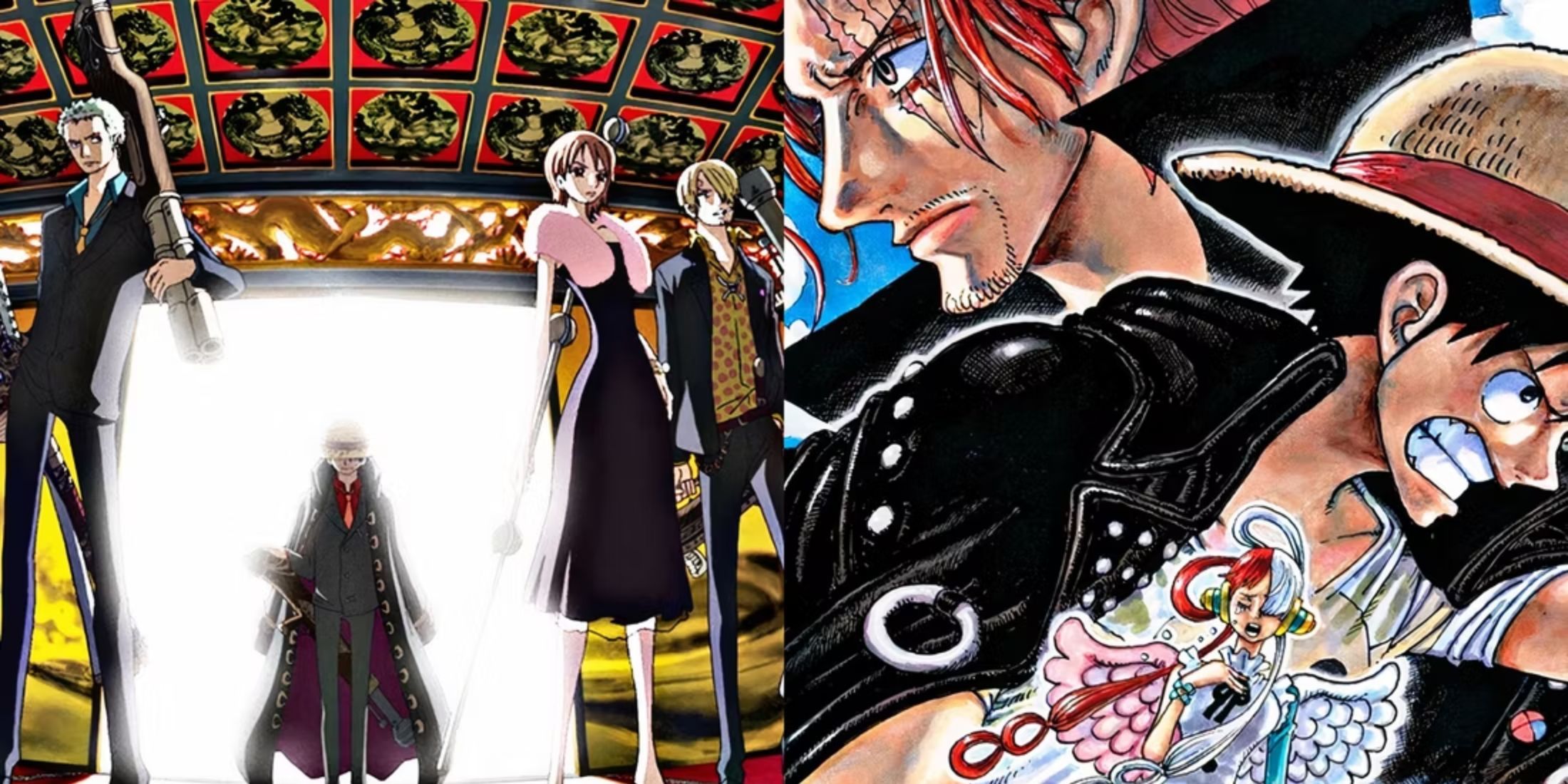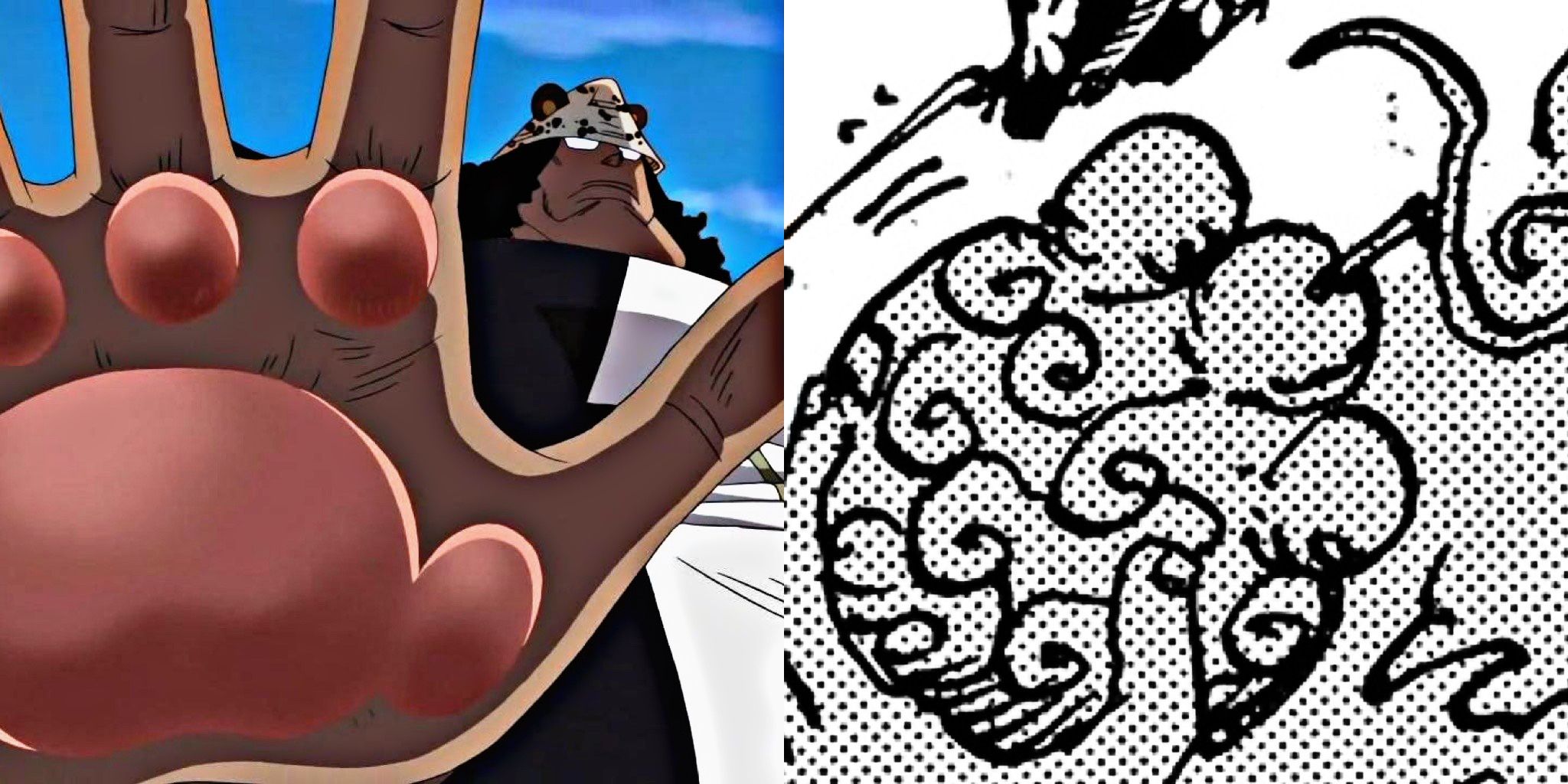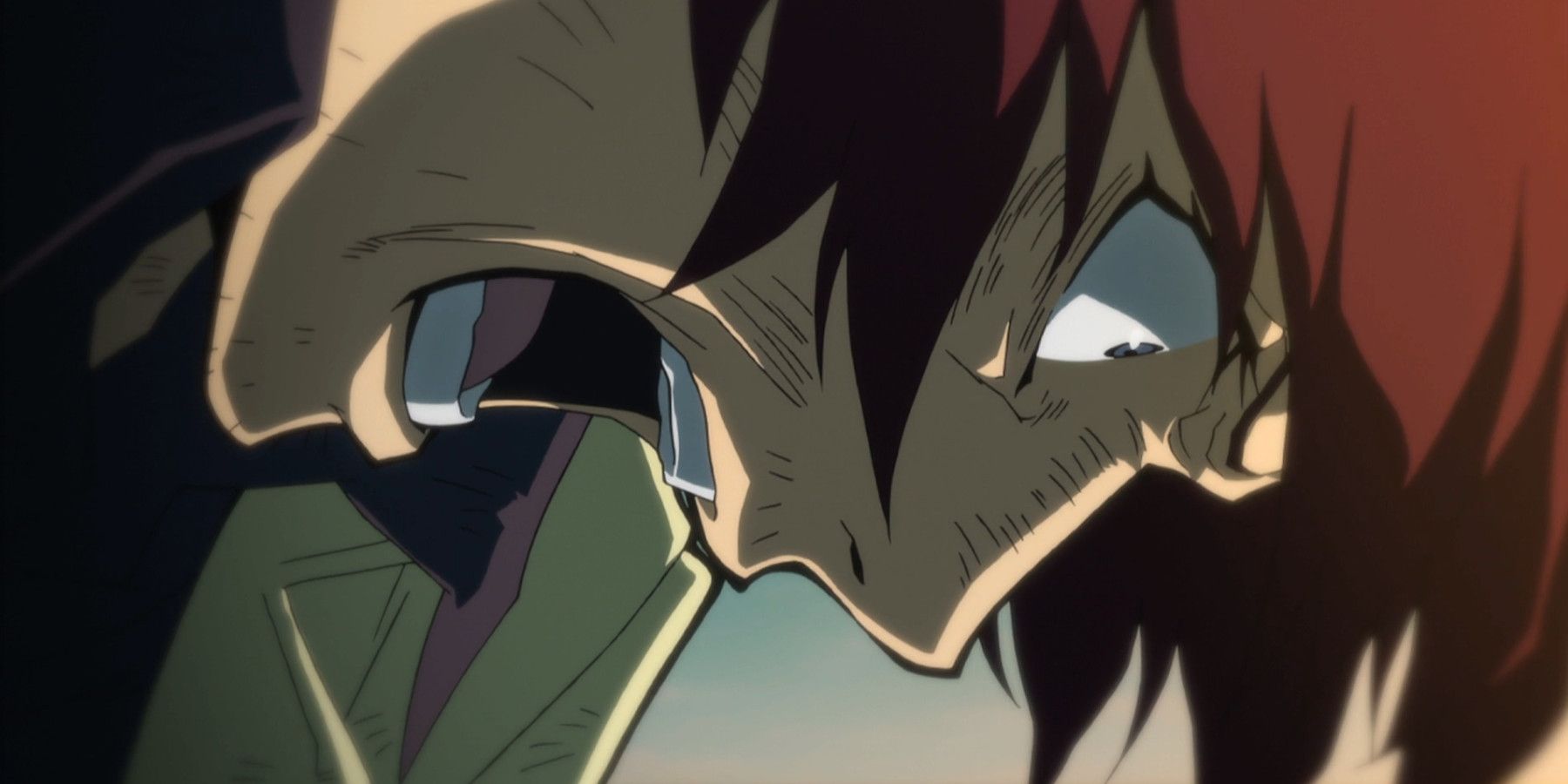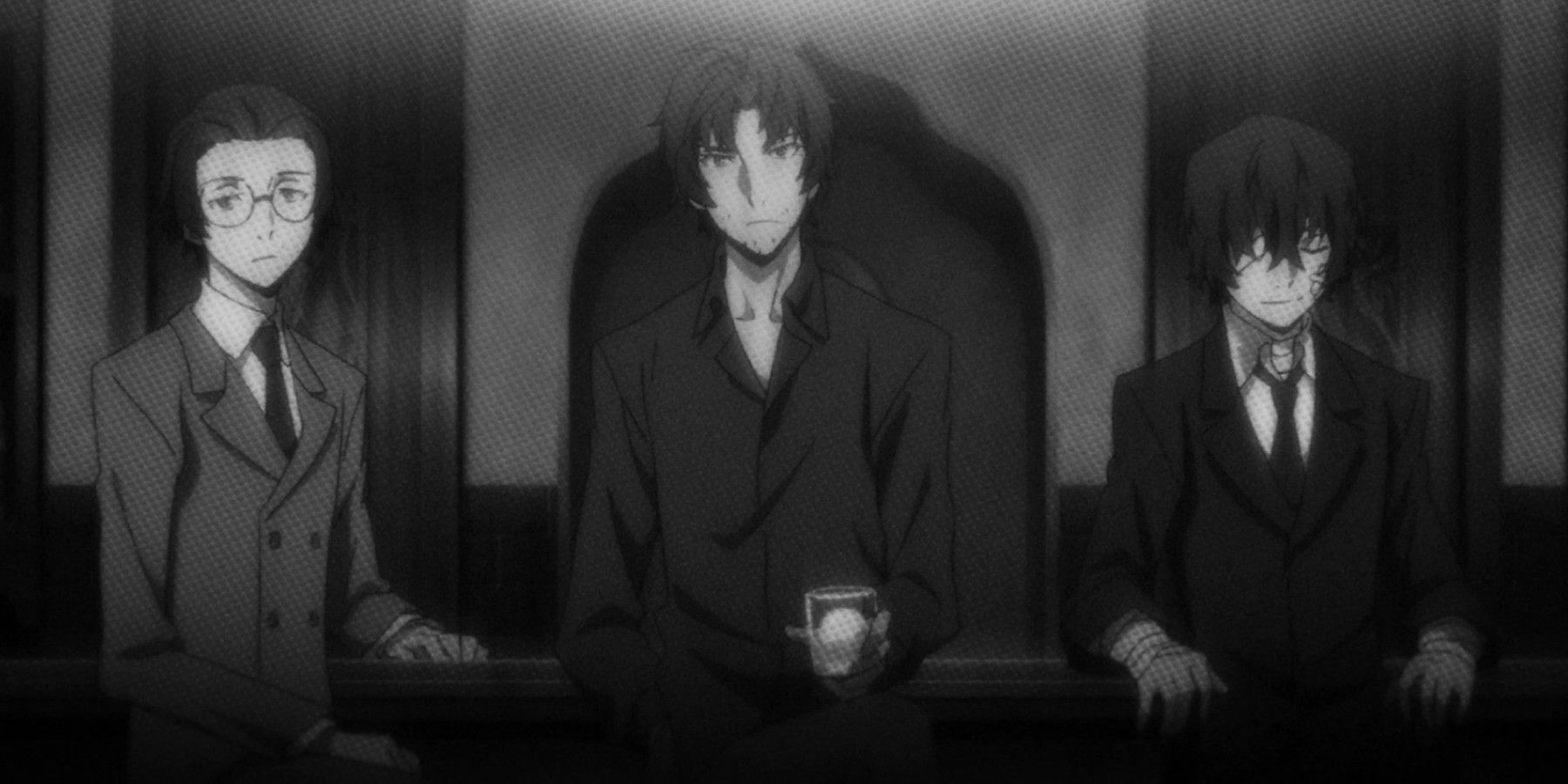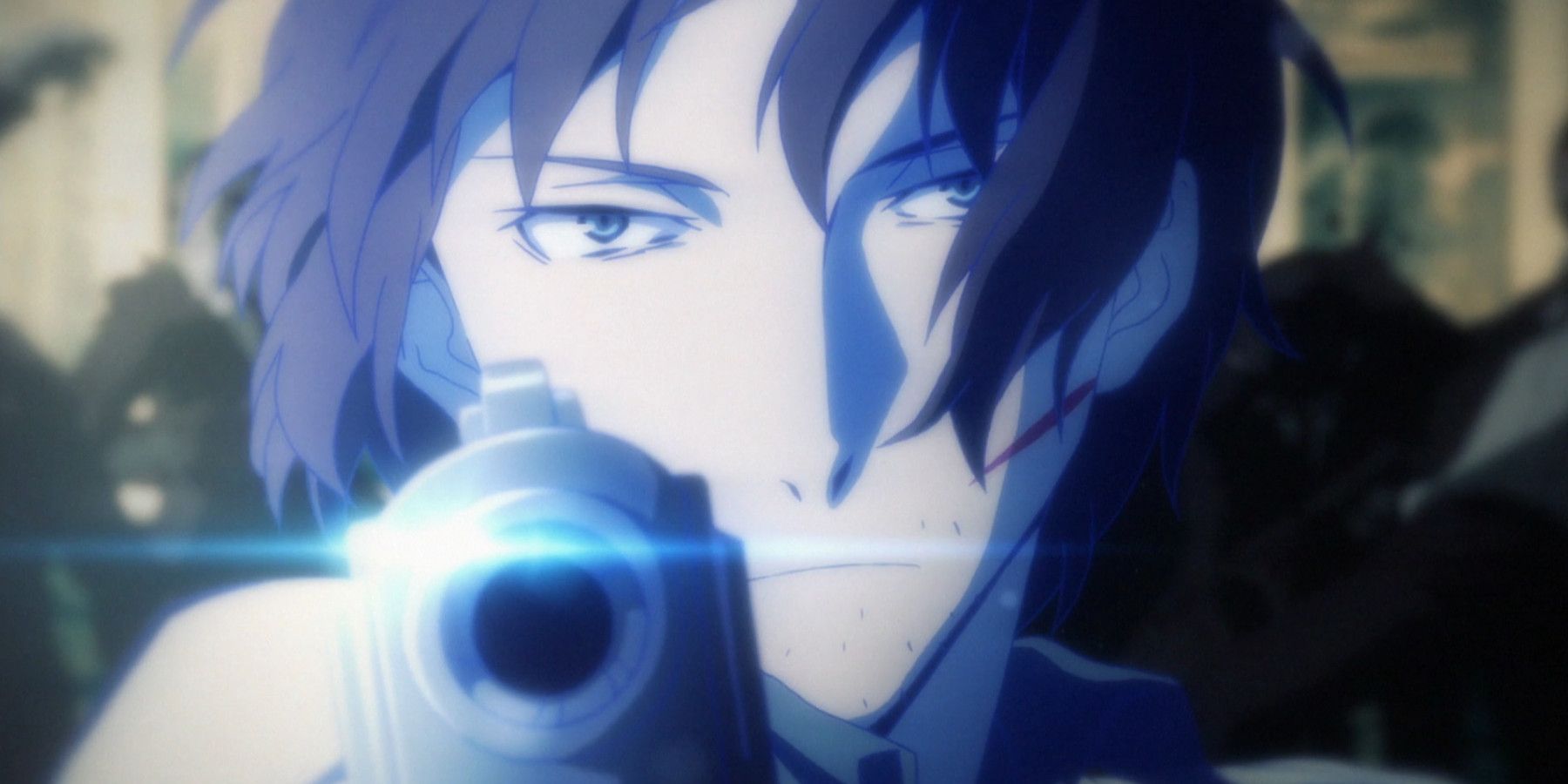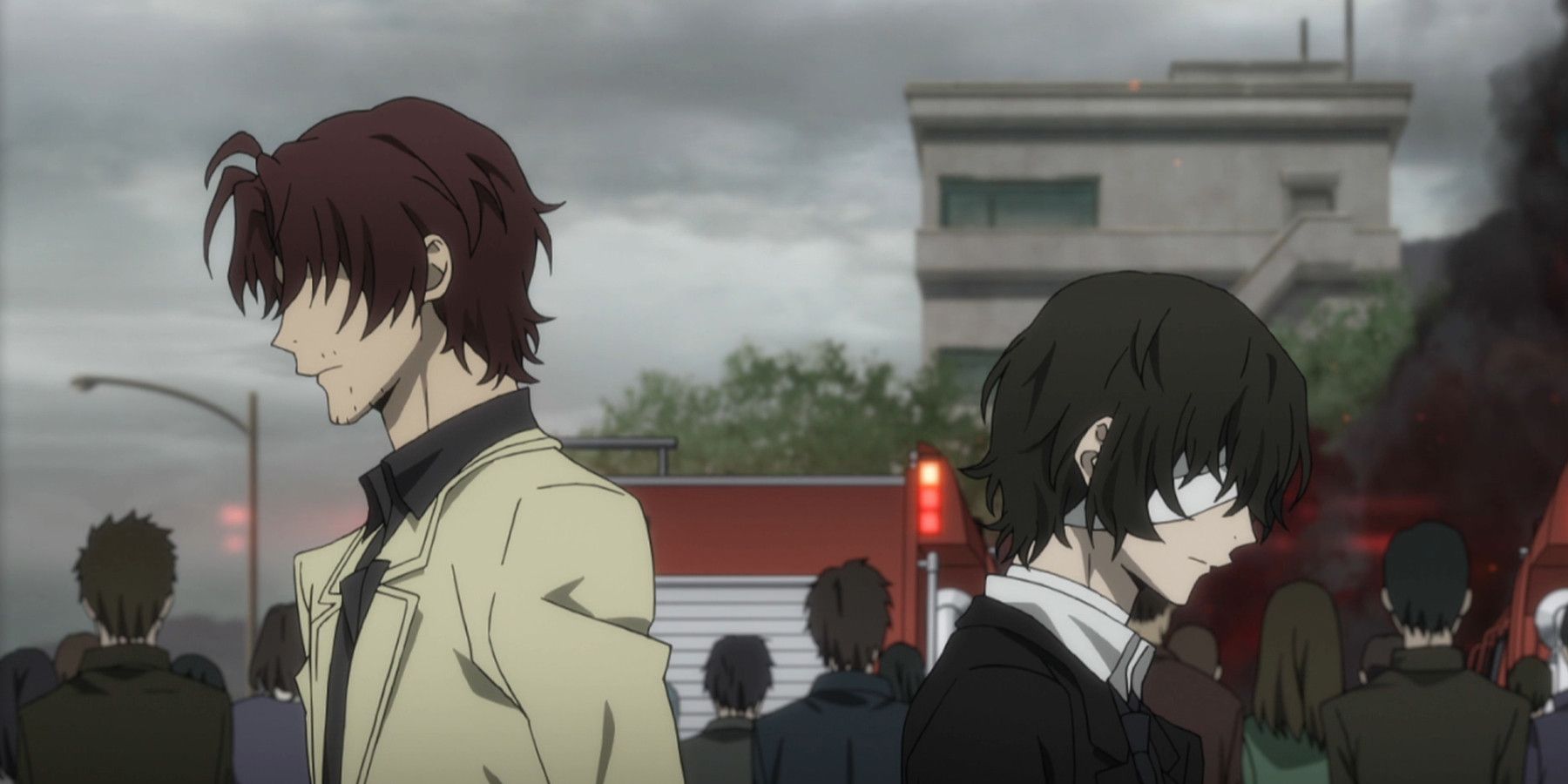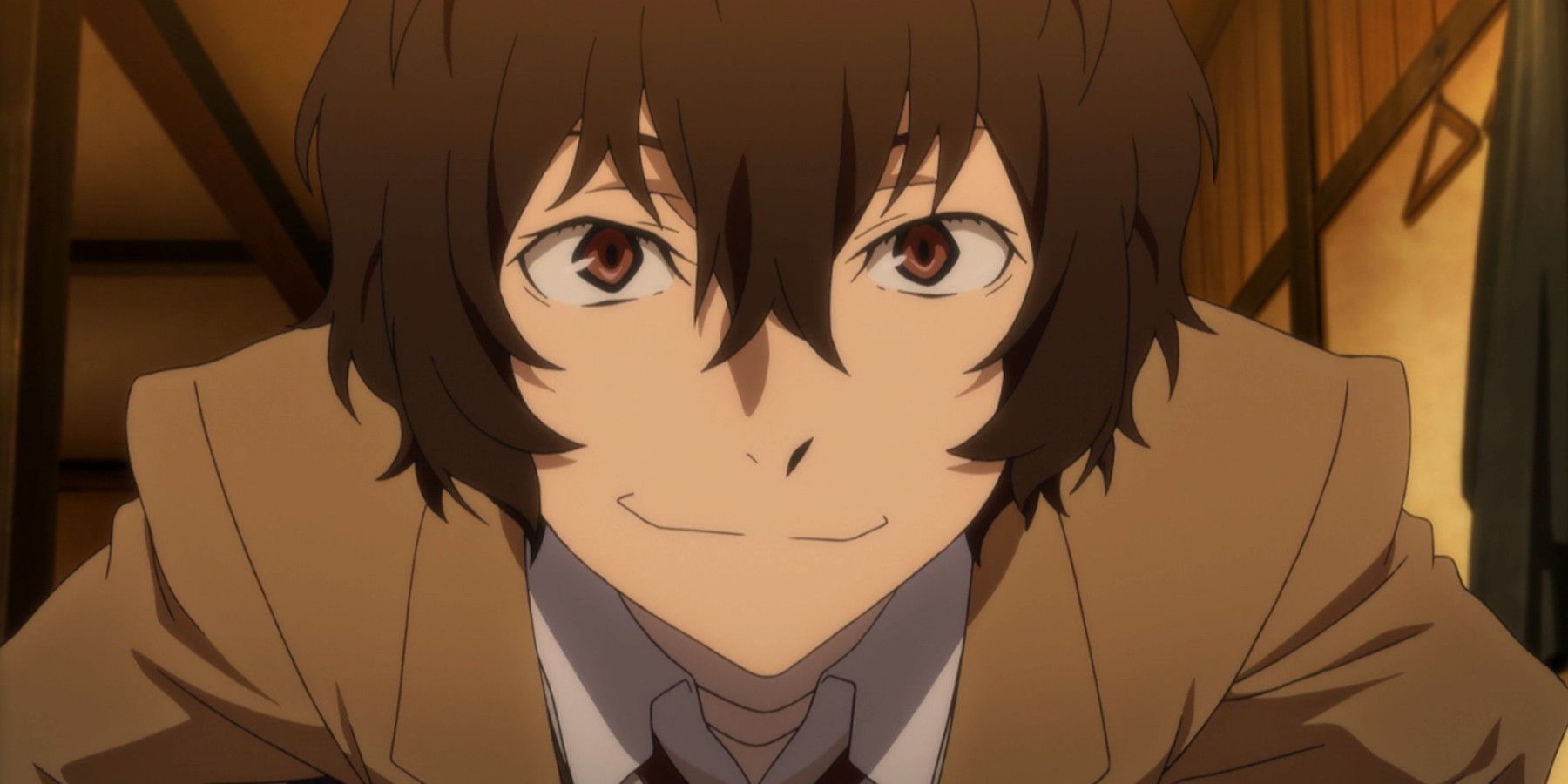Even the best stories often start small, with a simple premise but a strong appeal to the heart, and Bungo Stray Dogs is definitely a story that starts small and grows bigger every season. The currently airing Season 4 promises to be one of the tensest conflicts yet for the members of the Armed Detective Agency, but if not for the two seasons prior, that promise wouldn't be so enticing.
The series began back in 2016, directed by Takuya Igarashi, famed director of Soul Eater and Ouran High School Host Club. It paints a gorgeous portrait of modern Yokohama, Japan but layered thick with neo-noir flare as superpowered detectives keep the peace in a city brimming with equally powerful criminals. Orphan Atsushi Nakajima learns to control his tiger powers while befriending other Gifted detectives and fighting against the criminal element of the city, especially the Port Mafia. That's the long and short of things, but as soon as fans tuned in for Season 2, things became different.
The Dark Era
Episodes 13 through 16 of Bungo are referred to as the Dark Era, a time when series protagonist Osamu Dazai was an executive for the Port Mafia. It opens with the meeting of three friends - coworkers, really - at the dive bar, Lupin. Osamu Dazai is there, joined by Oda Sakunosuke, and Ango Sakaguchi.
Oda is revered as a master marksman with deadly skills but has vowed never to kill again, and Ango works intelligence for the mafia. The three couldn't be more different, but they meet now and again to drink and unwind. The opening feels like that of a classic mob movie; one that begins with something whole and beautiful before it all comes crashing down.
Ango disappears and Oda has been tasked by the leader of the Port Mafia himself, Ougai Mori, to investigate his disappearance and insure no information has leaked. So begins a hunt that leads him to run into Mimic, a militia that has infiltrated Yokohama, and their leader, Gide, who wishes for Oda to be the one that grants him and his men the death they seek.
Reaching New Heights
In any story with a setting with lots of history, the lore can bear an almost mythic quality, achieved either through its grandiosity or some distinct flavor that marks it as "other." Fantasy tends to paint lore through legends and fairytales because they are modes of storytelling associated with times past. And Bungo, a modern fantasy of sorts, chooses to look back by emulating old cinema.
The visuals change a lot during these flashback episodes, immersing the audience in a film noir atmosphere that reads as mature and oddly nostalgic. This is a time that the characters would likely prefer to forget, and yet it is simultaneously beautiful, which comes through in the soulful score that feels as sorrowful as it is beautiful.
The shift in gears was so big at first that casual viewers could be forgiven for being slightly off-put. I recall friends saying that they weren't a fan of how the season started, likely because they expected the main characters like Atsushi, Kunikida, and Kyouka, among others. But those that stuck with it realized that this was the moment that Bungo decided to get serious.
And that isn't to say it abandoned levity - not in the slightest. Director Igarashi's talents lie in the blending of tones to create something that appeals to many audiences. No, it was still the Bungo everyone knew, but it built up to something bigger and wished to say something bolder, with more gravitas than ever before, all to prepare us for what was to come. One episode titled...
"Bungo Stray Dogs"
Spoilers Ahead For Season 2 of Bungo Stray Dogs.
Episode 16's title bears the name of the series itself, a power move in storytelling that shouldn't be used lightly, as it implies that the episode itself stands as something of a thesis for the story as a whole. It is the tragedy foretold by the beginning of the arc; the end of an era and the true beginning of the series as the fans have come to know it.
In just four episodes, Oda Sakunosuke cements himself as one of the show's best characters, with perhaps the greatest significance of anyone. His aversion to killing despite his intimidating presence makes him mysterious, but his charitable guardianship of kids orphaned by the Mafia makes him someone audiences want to root for.
His story is about the struggle between dreams and reality, where his fantasy of leaving the mob and becoming a writer is tested in typical gangster story fashion by a new job. It's THE job; a quest that challenges Oda like the protagonists of the most classic stories. And like the most tragic ones, it breaks him as well.
Episode 16 is what it is because of the ending to Episode 15, which ends with the death of the orphans who Oda staked everything on giving a happy and fulfilling life. The way that the show paints this moment - Oda, unraveling in the aftermath of the explosion, screaming against the ringing in his ears - is what truly marked the end of the show as fans knew it.
"Protect the Orphans"
If Episode 15 was the death of what was, then "Bungo Stray Dogs" is the birth of what is and what will be. Oda arms himself while wishing the children goodnight for the last time, and goes on a one-man rampage against Mimic. It is tragic, yet with every gunshot that rings out, it is also dementedly cathartic. The audience gets to see why Oda was so feared in the first place.
The battle between Oda and Gide is one of the series' best, and a rare feast of gunplay by anime fight scene standards. The two men, both with the same ability to see into the future by a few seconds, face off with one another, dodging each other's bullets, caught in an endless rhythm of gunfire.
But it is also an operatic dialog between two opponents who know that the only outcome will be the death of both of them. The battle ends in a discourse that reveals that they are similar for far more than just their power; they've both been betrayed by their allies. For Gide, it was his nation and for Oda, it was Mori throwing him to the wolves so that the Mafia could be protected.
For as much as the Dark Era is about Oda, it is also about Dazai, a figure whom many consider central to Bungo's narrative. This story validates that notion. Like the author he's based on, Dazai is suicidal and chases death, but Oda, who considers Dazai his only friend, teaches him that if he can't find an answer to his desire to die, then he ought to be on the side that protects life.
"Save the weak, and protect the orphans" isn't just a call to action, but the very thesis of Bungo Stray Dogs, a series about orphans finding belonging through the kindness of strangers. It's the moment that the show became more than just about detectives and gangsters, but about redemption, purpose, and found families. And it gets more beautiful every time I rewatch it.
